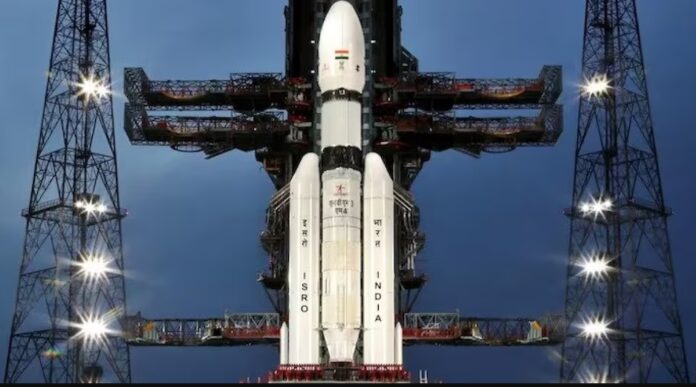Chinese scientist asserts that India’s lunar landing missed the lunar south pole by a significant margin. Chandrayaan-3 Landing: The scientist informed the Chinese-language newspaper Science Times that the landing site, positioned at 69 degrees south latitude, is far from being in close proximity to the south pole.
Ouyang Ziyuan, a prominent figure in China’s lunar exploration program, has voiced skepticism about ISRO’s significant lunar landing achievement. Chandrayaan-3 successfully touched down on the Moon’s surface on August 23, following its launch from Sriharikota on July 14.
In an interview with the Chinese-language newspaper Science Times, the scientist emphasized that the landing site, situated at 69 degrees south latitude, is notably distant from the actual south pole, which is defined as being between 88.5 and 90 degrees latitude.
As reported by Bloomberg, a location at 69 degrees south on Earth would fall within the Antarctic Circle, yet the lunar equivalent of this circle is considerably closer to the lunar pole.
Ziyuan asserted, “The Chandrayaan-3 landing site is situated neither at the lunar south pole, nor within its immediate vicinity,” challenging the notion of a lunar south pole landing.
He pointed out that the Chandrayaan-3 landing occurred at a distance of 619 km from the lunar polar region.
Ziyuan joins a chorus of Chinese scientists who have raised questions about Chandrayaan-3’s accomplishments. Pang Zhihao, a space expert based in Beijing, previously conveyed to the state-affiliated Global Times that China holds a significant lead in several domains. Pang highlighted that China has had the capability to send orbiters and landers directly into the Earth-Moon transfer orbit since the launch of Chang’e-2 in 2010, a feat India cannot match due to the limited capacity of its launch vehicles.
Pang had pointed out that China utilizes a significantly more advanced engine and boasts a larger lunar rover. He emphasized that while Pragyan has a lifespan limited to one lunar day and cannot endure lunar nights, China’s Yutu-2 rover holds the record for the longest operational time on the lunar surface, thanks to its nuclear-powered design.
The competition between China and India, extending even into space exploration, is widely recognized. Nonetheless, despite China’s impressive capabilities, India has ventured farther into lunar exploration than any other nation, surpassing the achievements of Russia, the United States, and even China.
Russia’s Moon mission, Luna-25, which was slated to arrive ahead of Chandrayaan-3, experienced a tragic mishap. On August 19, Russia’s inaugural lunar mission in 47 years suffered a devastating failure, veering out of control and ultimately crashing into the lunar surface, resulting in the creation of a sizable 10-meter wide crater on the Moon.
In 2019, China’s mission successfully landed at a latitude of 45 degrees south, while the US’s Surveyor 7 achieved a landing at approximately 41 degrees south back in 1968.
The landing on the Moon’s south pole holds tremendous significance for nations worldwide. Compelling evidence suggests the existence of ice molecules at the lunar south pole, a discovery that could bear great importance for future space exploration endeavors.

